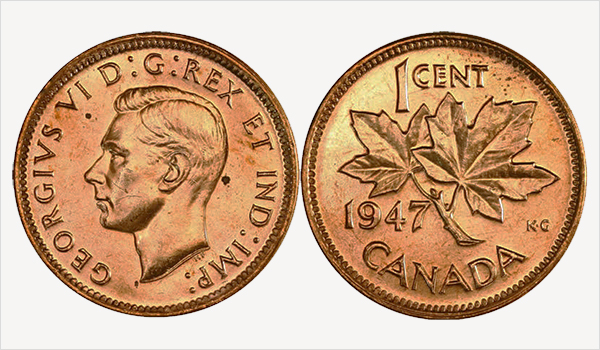
Learn about world coin collecting; discover some types of international coins
More than being an enjoyable and interesting pastime activity, world coin collecting or foreign coins collecting is also an educational hobby.
Each dollar coin, cent, or dime bears an image of important people, events, landmarks, or treasures of a certain country. A small piece of an international coin can already tell so much about a nation’s history.
Historical world coins
An example of a historical coin is the 1933 Saint-Gaudens Double Eagle. This American gold coin was minted by the order of President Theodore Roosevelt in the effort of beautifying US coinage which would symbolize America’s prestige and power. There is only one specimen of the 1933 Saint-Gaudens Double Eagle coin left to exist today (all else were melted dow) and it is considered the most expensive coin in the world.
The 1947 Canadian Maple Leaf coins are also significant to the history of Canadian coins. These rare coins bear a small maple leaf beside the 1947 date to denote that the coins were actually minted in 1948.
Because of the changes in the British sovereignty in 1948, modifications were made to the British coinage. Canada, being part of the Commonwealth Realm sharing the British monarchy, is also affected by such changes in the currency.
But the 1948 Canadian coin dies (metal stamping tool used to engrave a coin design) were not readily available. At this time, there was a great demand for coins and to answer the demand, production of coins had to resume using the 1947 coin dies. Engraving a maple leaf by the side of the 1947 mint date distinguished the 1948 coins from the earlier pieces.
Wildlife on international coins
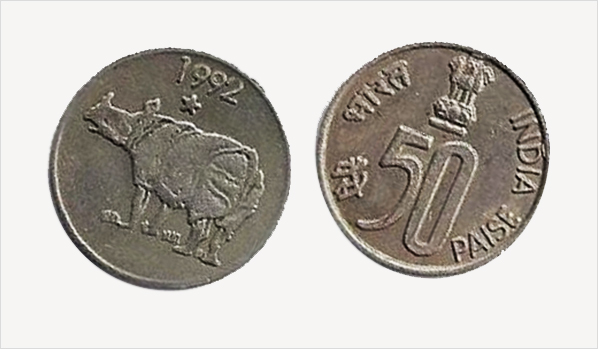
Australia is one of the many countries that feature wildlife on coins and currencies. The reverse side of an Australian 20 cent and Australian 5 cent bears a platypus and an echidna respectively.
These are the only two egg-bearing mammals in the world and are endemic or only found in Australia (although some echidnas live in New Guinea, located north of Australia). Koala coins & Kookaburra bullion coins are also famous collectable coins from Australia.
An Indian 50 paise (a monetary unit used in Bangladesh, India, Nepal, and Pakistan) coin also features an image of an animal on its reverse side – a Great One-horned Rhinoceros. It is a large mammal primarily found in the northeastern part of India and Nepal. This creature is now endangered because of excessive hunting.





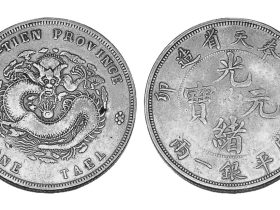
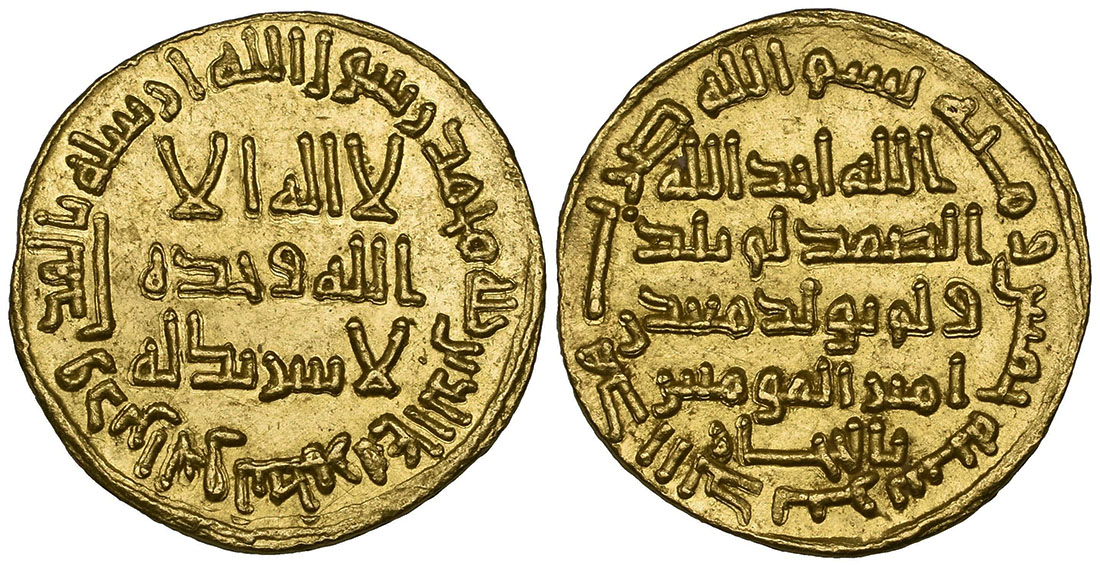

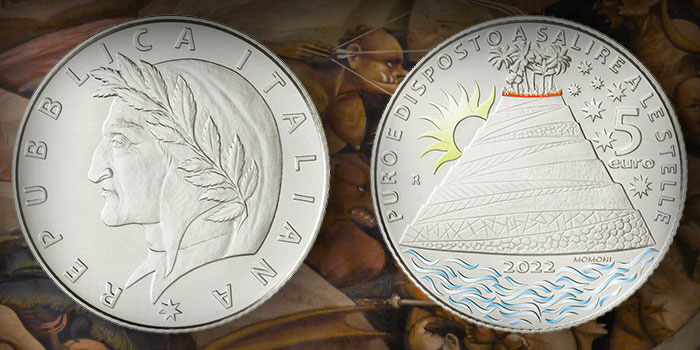

Leave a Reply